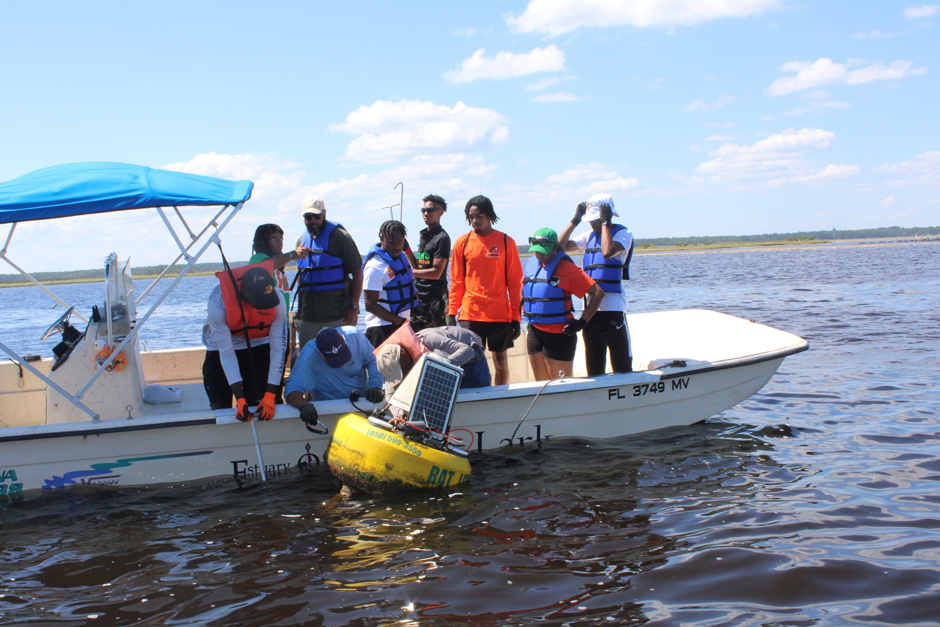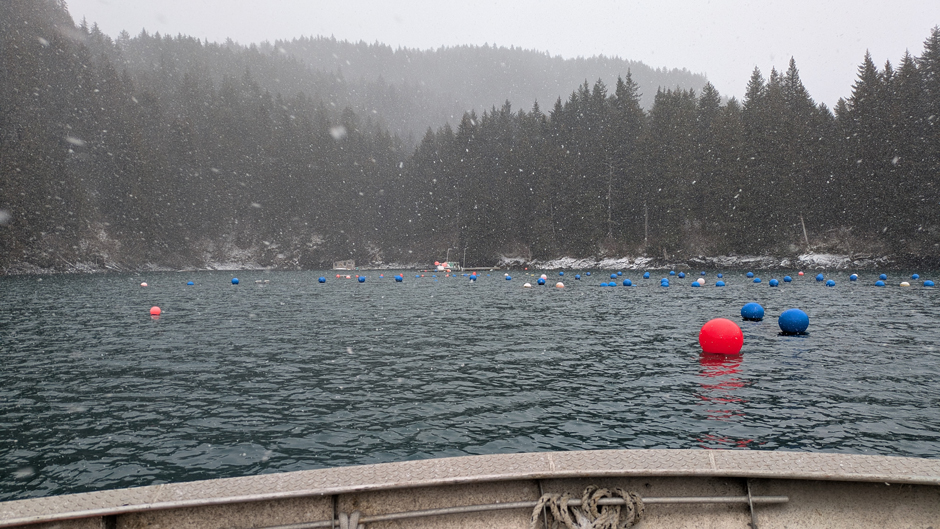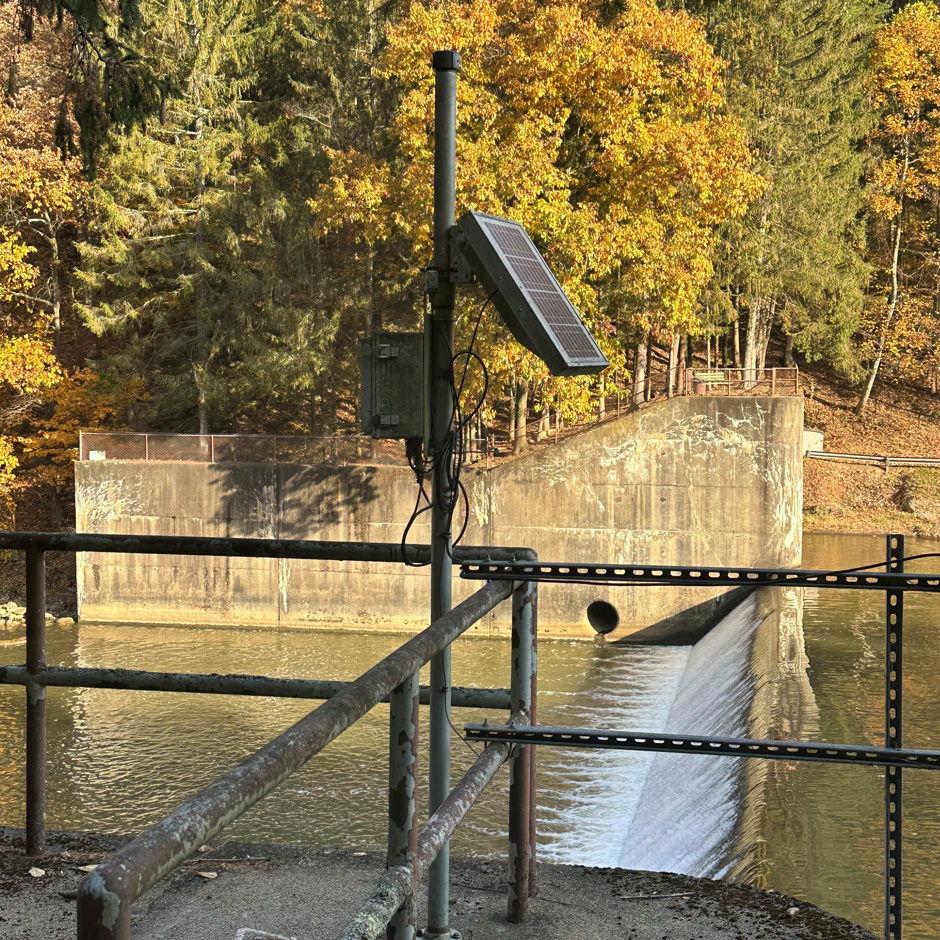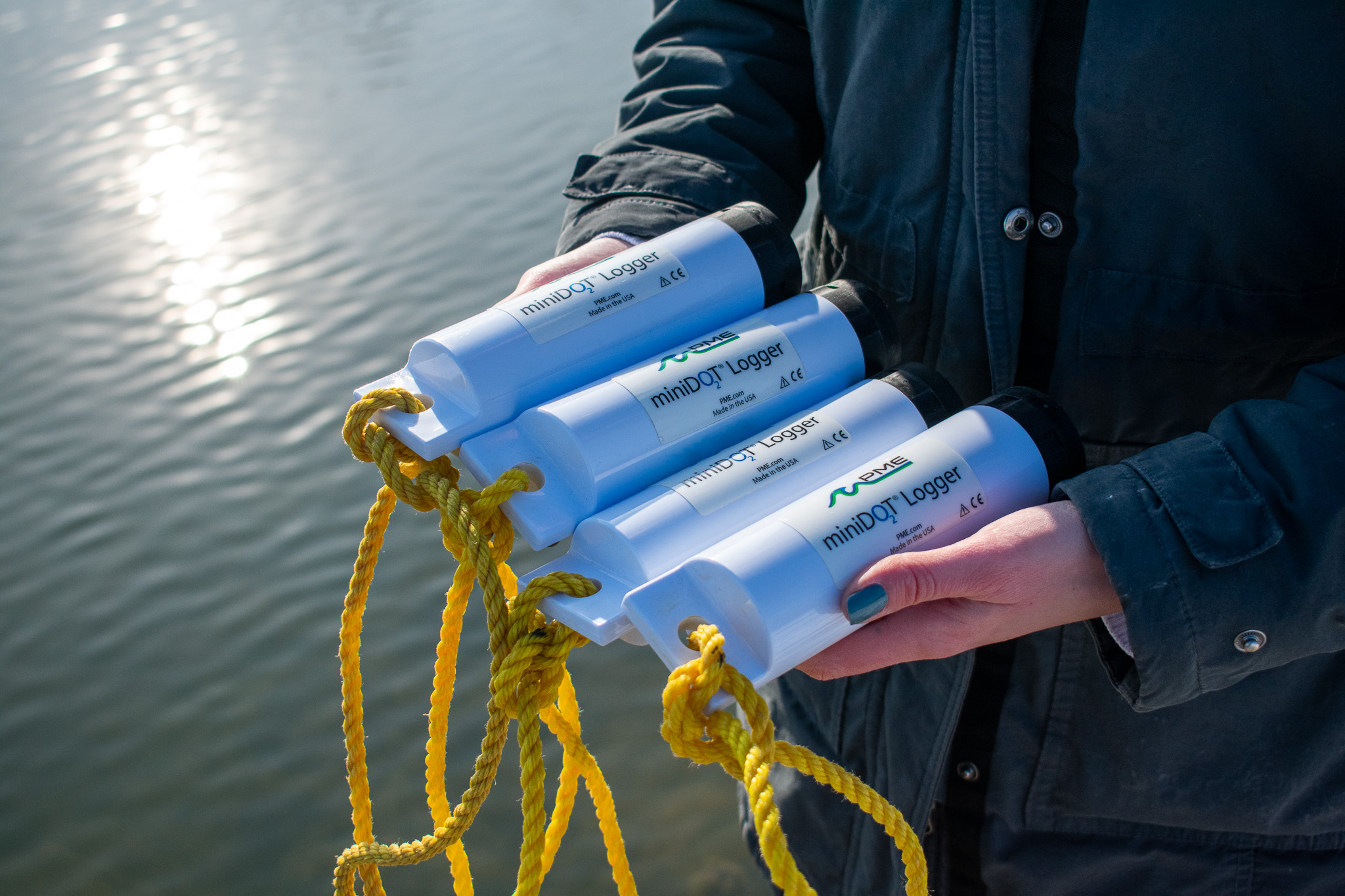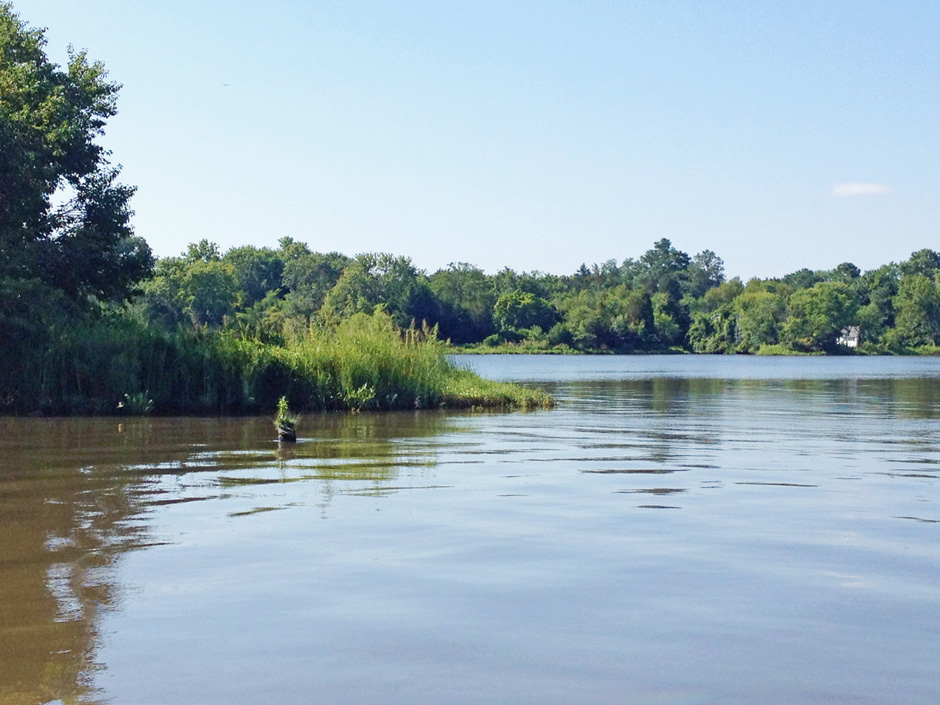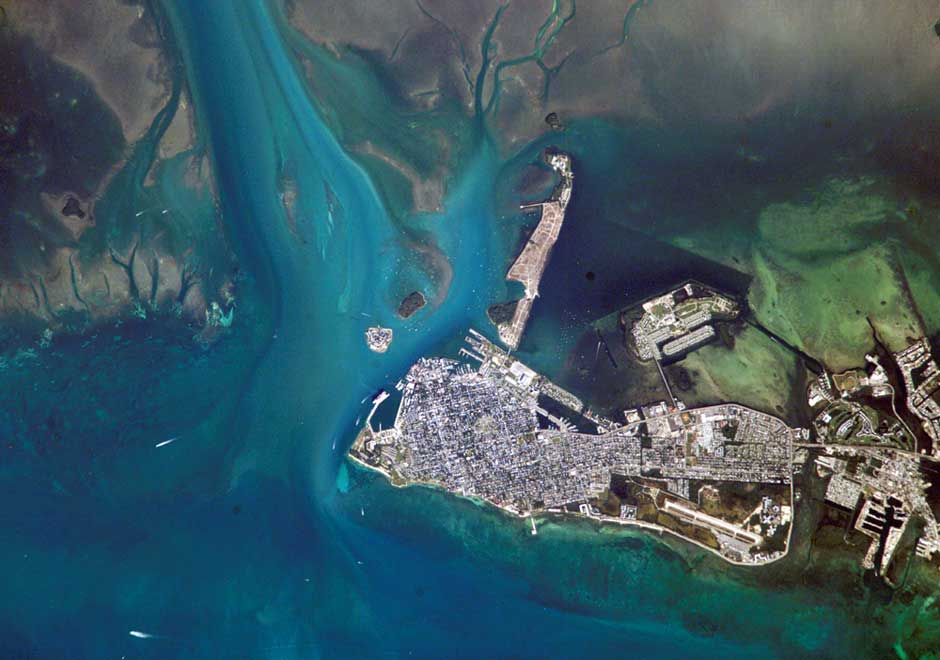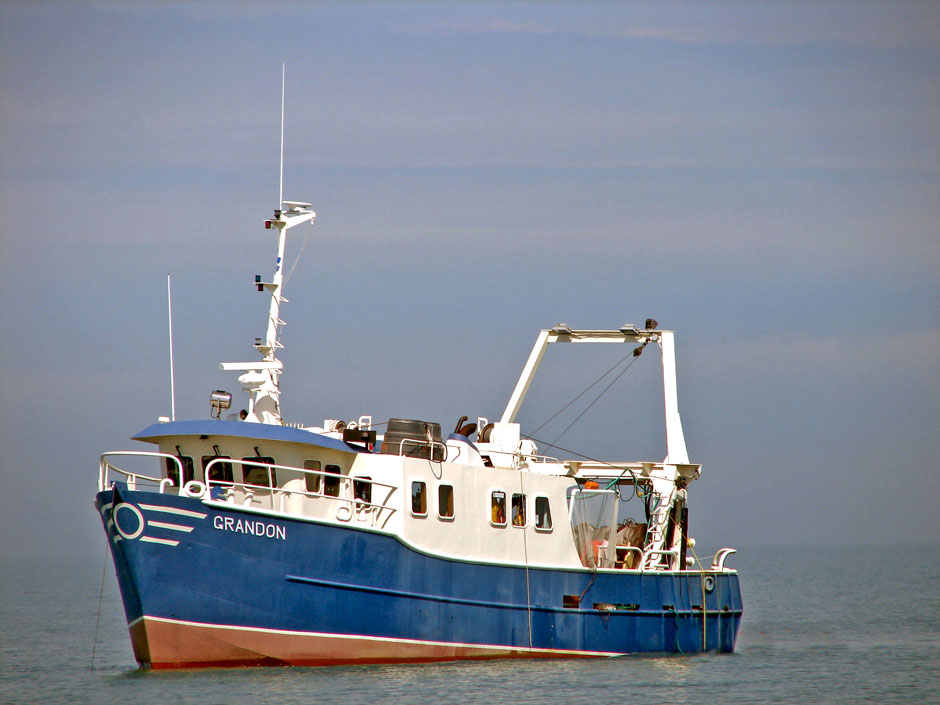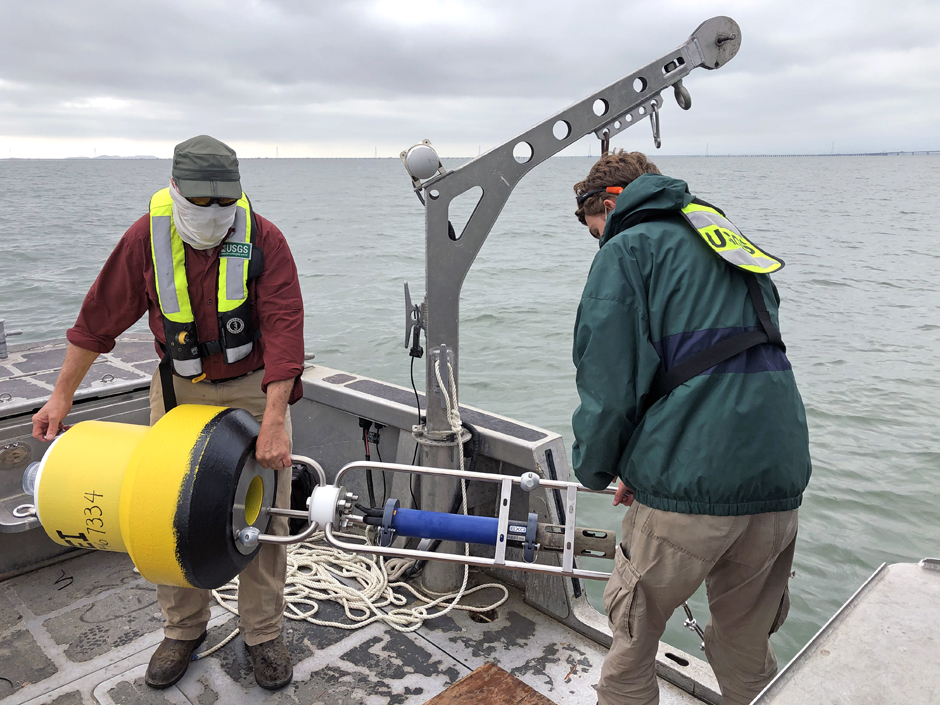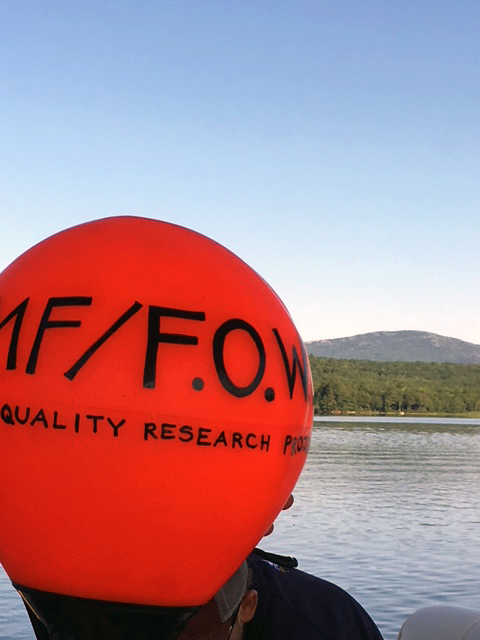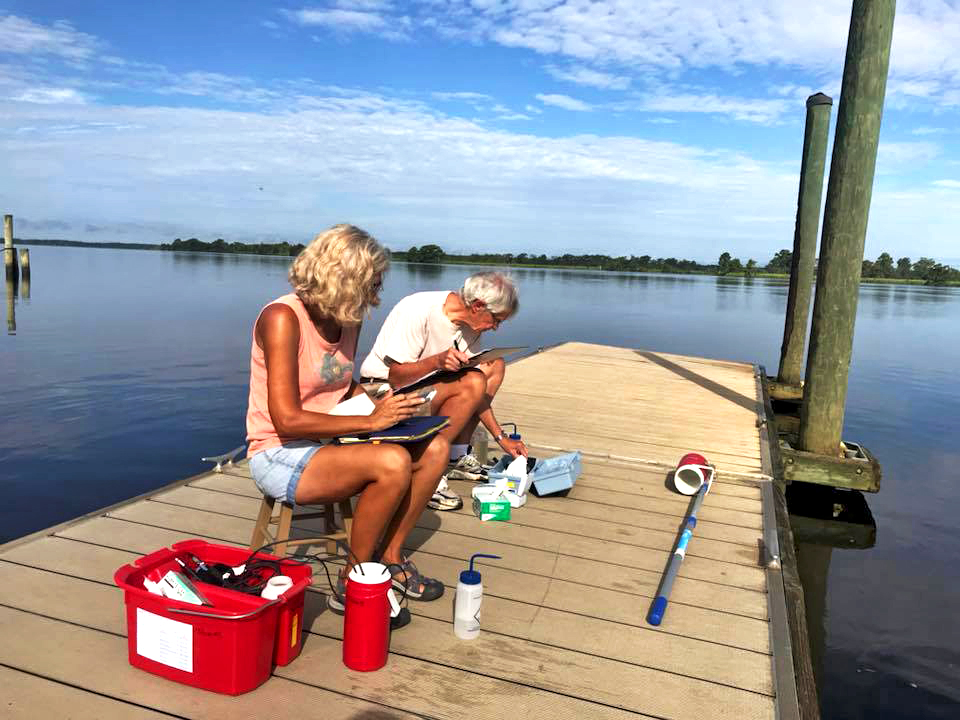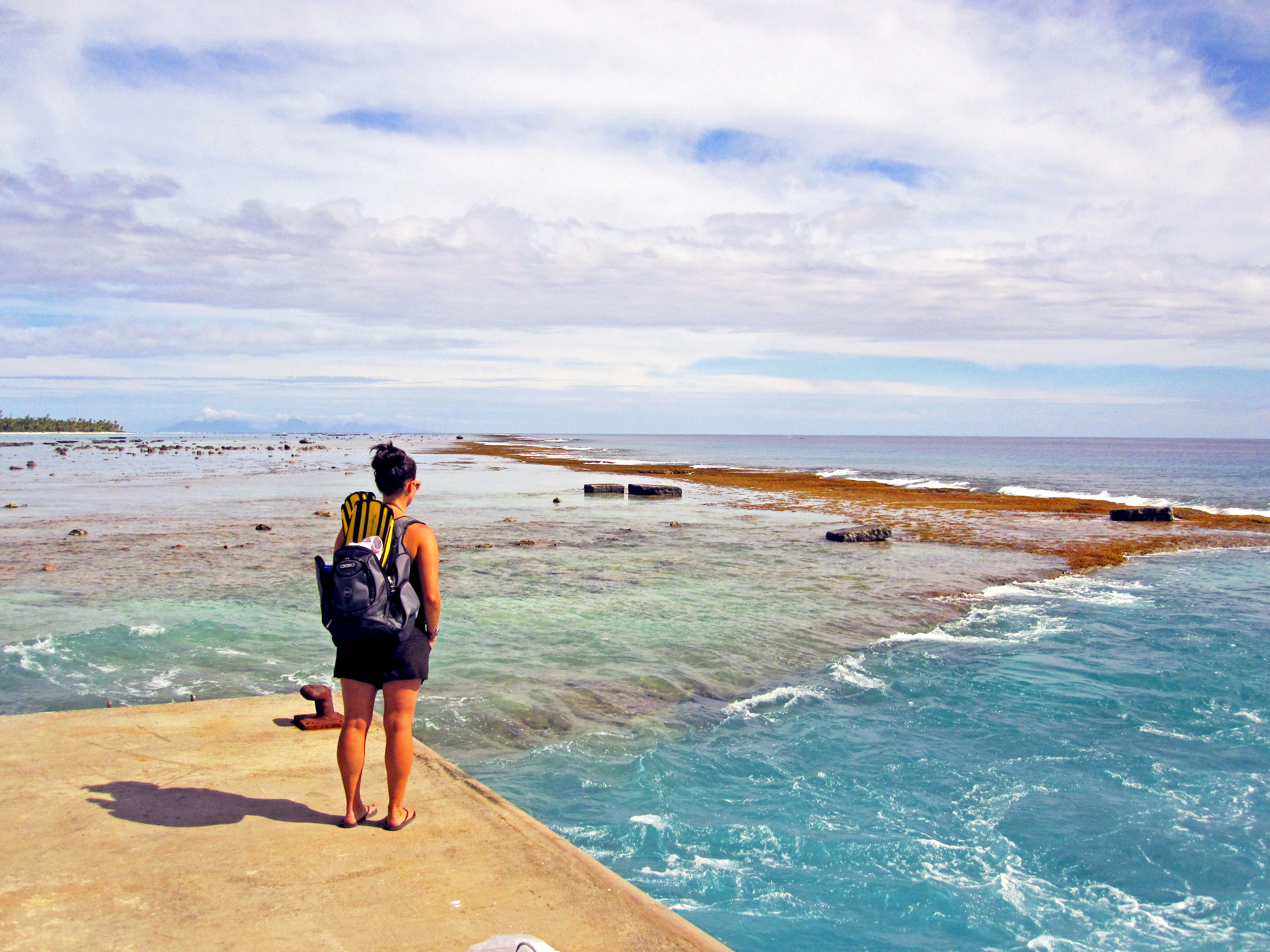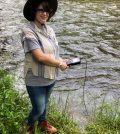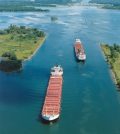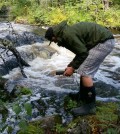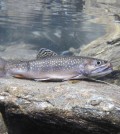Posts for tag "dissolved oxygen"
From Paddles to Phytoplankton: Studying Vermont’s Wildest Lakes
For six months of the year, Rachel Cray, a third-year PhD student at the Vermont Limnology Laboratory at the University of Vermont, lives between a microscope and her laptop, running data. For the other six months, she...
- Posted July 7, 2025
No Red Herrings: Data Driving the Largest Salt Marsh Restoration in the NE USA
The Herring River system encompasses around 1,000 acres in the Towns of Wellfleet and Truro, Massachusetts. In 1909, the Chequessett Neck Road dike was built at the river’s mouth, drastically limiting tidal flow. Today, it’s one of...
- Posted June 16, 2025
Floating Global New Ideas: Buoy-Enabled Research at Florida Agricultural and Mechanical University’s School of the Environment
Florida Agricultural and Mechanical University (FAMU), based in Tallahassee, Florida, is the highest-rated public Historically Black College or University in the United States. FAMU’s School of the Environment (FAMU-SOE) offers BS and BA degrees in Environmental Studies,...
- Posted May 28, 2025
Monitoring Mariculture in the Gulf of Alaska
The mariculture industry in the Gulf of Alaska has been steadily growing in recent years, guided by ongoing research to help refine farm location and cultivation practices. A subset of aquaculture, mariculture focuses on rearing organisms in...
- Posted May 5, 2025
Great Lakes Research Center: Designing Targeted Monitoring Solutions
According to the National Oceanic and Atmospheric Administration (NOAA), the Great Lakes have more miles of coastline than the contiguous Atlantic and Pacific coasts combined and contain 20 percent of the world’s freshwater, making it a critical...
- Posted March 17, 2025
Building Reliable Systems: Hydroelectric Dam Monitoring in Western Pennsylvania
Hydroelectric dams are a source of renewable energy, and many have taken the place of fossil fuel reliance across the United States. While they provide green energy to the grid, they also impact the environment above and...
- Posted November 27, 2023
PME miniDOT Logger: Plunge into Data
The PME miniDOT Logger is a compact data logger that measures dissolved oxygen (DO) and temperature down to 100 meters in depth.
- Posted February 6, 2023
Climate, Nutrients and the Future of Hypoxia in a Chesapeake Bay Tributary
A warming climate and low-oxygen from Chesapeake Bay will reduce oxygen more than nutrient reductions will increase it in the Chester River.
- Posted September 6, 2021
Covid clears the waters around Key West
Water quality around Key West improved in 2020. The Covid-19 shutdown may be responsible.
- Posted June 15, 2021
Hypoxic Conditions in Lake Erie Impact Yellow Perch Population
Hypoxic conditions could pose a threat to the yellow perch population in Lake Erie, the largest commercial fishery.
- Posted December 9, 2020
San Francisco Bay’s Nutrient Phenomena
Two data buoys recently deployed in the shoals of San Francisco Bay could be filling the important data gap on the local impacts of nutrient loading.
- Posted September 30, 2020
Monitoring Wilson Lake All Year Long from Underwater
An underwater buoy designed to work even while locked in ice monitors physical conditions in Wilson Lake, Maine.
- Posted September 25, 2019
Post-Florence Update From the Waccamaw Riverkeeper
The Waccamaw Riverkeeper describes water quality monitoring with volunteers and the challenges brought by Hurricane Florence.
- Posted May 13, 2019
The East Bank Die-Off: A Coral Reef Whodunnit
A team of researchers turns to interdisciplinary collaboration to solve a mystery and explain a coral reef die-off.
- Posted February 20, 2019
Eastern Band of Cherokee Uses Environmental Monitoring To Preserve Reservation Waters and Uphold Culture Dating Back Thousands of Years
The Eastern Band of Cherokee have lived in North Carolina for generations. As more and more tourists visit and industry grows, monitoring tribal water quality becomes ever more important.
- Posted June 5, 2018
St. Lawrence Seaway Holds Low-Oxygen Insights
University of Delaware researchers take water and sediment samples in the St. Lawrence Seaway to study the dynamics of low-oxygen zones.
- Posted June 30, 2016
Coos Bay Baseline Study Finds Stable Dissolved Oxygen
A study of Oregon’s Coos Bay shows how the bay’s physical features sustain its dissolved oxygen levels while forming a baseline for future research.
- Posted June 13, 2016
At Sippo Lake, Sediment Questions And Place-Based Learning Push
Stark County Park District managers study how Sippo Lake affects water quality after sediment load reduction efforts and push place-based learning tools.
- Posted May 2, 2016
Penobscot Indian Nation Safeguards Tribal Waterways
Resource managers with Penobscot Indian Nation keep a careful eye on their waterways with help from a Thermo Orion Star portable pH meter and other gear.
- Posted March 24, 2016
Restoring Brook Trout Stream Habitat
U.S. Fish and Wildlife biologists use a YSI Pro2030 meter in work to restore brook trout habitat in New York streams.
- Posted February 4, 2016




